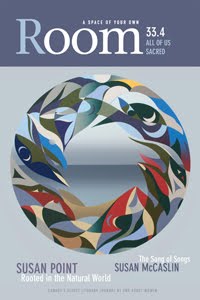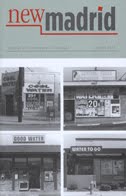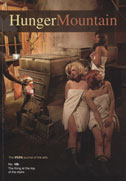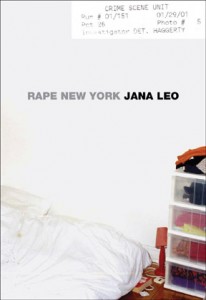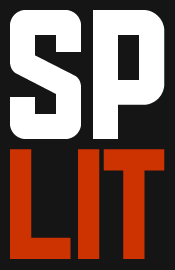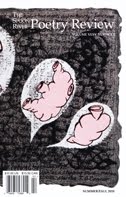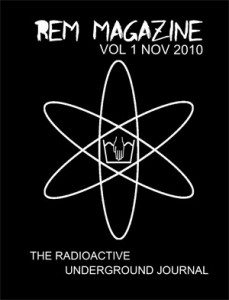QUIDDITY Production Manager
Position Summary
~Manage the production of Quiddity’s international literary journal (print and electronic components) and website, upholding all quality, calendar, and budgetary expectations; manage and advance the distribution of Quiddity’s international literary journal and public-radio program through traditional and emerging venues
~Part-time (24 hours per week) with the potential for teaching courses—which would include an additional stipend at the qualifying adjunct pay rate—in the Writing and Publishing and Communication Arts degree programs
Essential Job Responsibilities
~Oversee the submission systems (electronic and traditional) and acquisition processes for the print journal and reading series, including the coordination of query and galley correspondence as well as reading series proposals and writing and book/video trailer contests
~Coordinate and execute all editing and production schedules for the print journal and website; coordinate the production schedule for the public-radio program; support editorial board through production processes
~Advance Quiddity’s subscriber base, listener base, readership, and distribution using established and emerging resources
~Supervise and mentor student interns and cultivate Quiddity’s internship program
~Perform the layout for the journal’s interior print pages and its electronic format(s), design covers and promotional materials, manage web design, and expand web content
Other Functions
~With the approval of both the division chair and the supervisor, may teach courses in the Writing and Publishing and Communication Arts degree programs for an additional stipend at the qualifying adjunct pay rate
Minimum Job Requirements
~MA, MFA, or MSc in Creative Writing, English, Communications, or related field
~At least one year of experience with a print publication or journal of national distribution
~At least two semesters’ teaching experience at the university level with potential to supervise internships and teach the following courses in the Writing and Publishing Program:
Editing for Publications
Layout and Design for Publications
Writing Colloquium—Person in Community
Research Writing
Introduction to Creative Writing
Introduction to Literary Analysis
Modern Literature
LITR/COMM Applied
Specific Skills
~Must be graphic-design savvy and be well versed in user-friendly, multimedia web development
~Proficiency in web design software and CSS, Adobe InDesign, Adobe Audition (or similar software) Outlook, Excel, Access, File Transfer Protocol
~Exceptional reading, writing, and proofing skills
~Outstanding professional communication skills
~Established track-record of organizational management and
follow-through
~Ability to work under pressure and meet deadlines
~Ability to work outside of regular business hours when necessary
~Ability to work as part of a collaborative team
Supervisory Responsibilities
~Supervise and mentor undergraduate student interns enrolled in Quiddity’s internship program
Twenty (20) hours per week performed in-office, on-campus, and be
scheduled during regular business hours to correspond with schedules of
student interns and fellow editorial board (faculty/staff) members;
four (4) hours per week may be performed off-site.
To Apply
Send the following items to the address below.
~A letter of application: in your letter of application, summarize any
relevant experience.
~A detailed résumé or CV
~Copies of transcripts: unofficial copies of transcripts are fine at this point. If you are chosen for an interview, official copies will be required.
Attn: Joanna Beth Tweedy, Editor and Host, Quiddity
Benedictine University at Springfield
1500 North Fifth Street
Springfield, Illinois 62702
USA
Please, no phone inquiries at this time. Receipt of complete applications will be acknowledged via email.
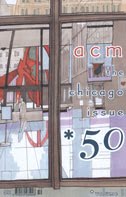 ACM – Another Chicago Magazine celebrates its 50 issue with this year’s first volume.
ACM – Another Chicago Magazine celebrates its 50 issue with this year’s first volume.
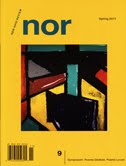
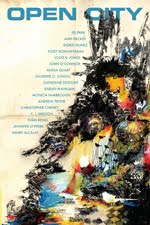
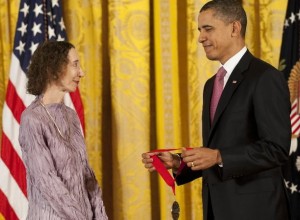
 First place: Stefanie Freele, of Geyserville, CA, wins $2000 for “While Surrounded by Water.” Her story will be published in the Spring 2012 issue of Glimmer Train Stories.
First place: Stefanie Freele, of Geyserville, CA, wins $2000 for “While Surrounded by Water.” Her story will be published in the Spring 2012 issue of Glimmer Train Stories.
